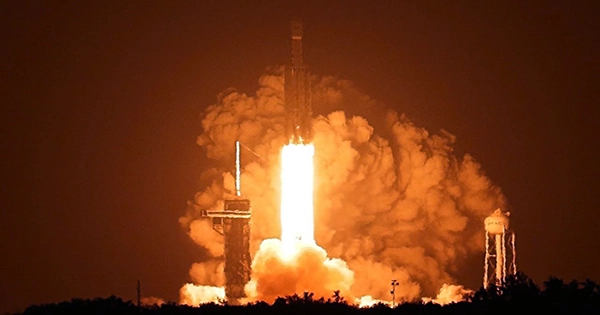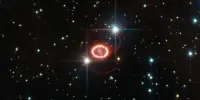Social media has many benefits, allowing us to communicate with both friends and strangers from all over the world. However, it can sometimes lead to severe misunderstandings. This is the situation with two significant science articles from China that were lately blended into one, whether intentionally or not. As a result, Twitter users have been joyfully posting what they believe is a video of China’s “fake sun” being launched into orbit. To begin with, that is not what an “artificial sun” is, and it is also not, what this film depicts.
A nuclear fusion reactor is used to create an artificial sun. This technology mimics the processes that occur at the core of stars, earning it the moniker “artificial sun.” It is a method of achieving fusion on Earth at temperatures even higher than the Sun’s. China’s world-record-breaking nuclear fusion reactor recently shattered its own record for the longest period of plasma fusion — 1,056 seconds. The launch of the Chang Zheng (– “Long March”) rocket from Wenchang is the second news story depicted in the video. The radiance of the rocket as it rises through the clouds has a Sun-like feel to it (like launching Olafur Eliasson’s Weather Project into the sky), but it has nothing to do with the “artificial sun.”

China’s nuclear fusion reactors continue to make significant progress toward achieving controlled and limitless energy output. On December 30, the Experimental Advanced Superconducting Tokamak (EAST) broke its own record of 1,056 seconds by keeping plasma at 120 million degrees Celsius (216 million degrees Fahrenheit) for an astonishing 1,056 seconds. This is the longest time high-temperature plasma confined, according to the Chinese Academy of Sciences’ Institute of Plasma Physics (ASIPP). It was also a tremendous accomplishment for the reactor. The previous record was set in May when the reactor maintained a temperature of 120 million degrees Celsius for 101 seconds.
Nuclear fusion can only work if it is kept hot and contained within a strongly magnetic structure. Otherwise, it would disperse and cool off quickly. Therefore, while China did not produce a second sun, it did accomplish some amazing scientific feats.
















